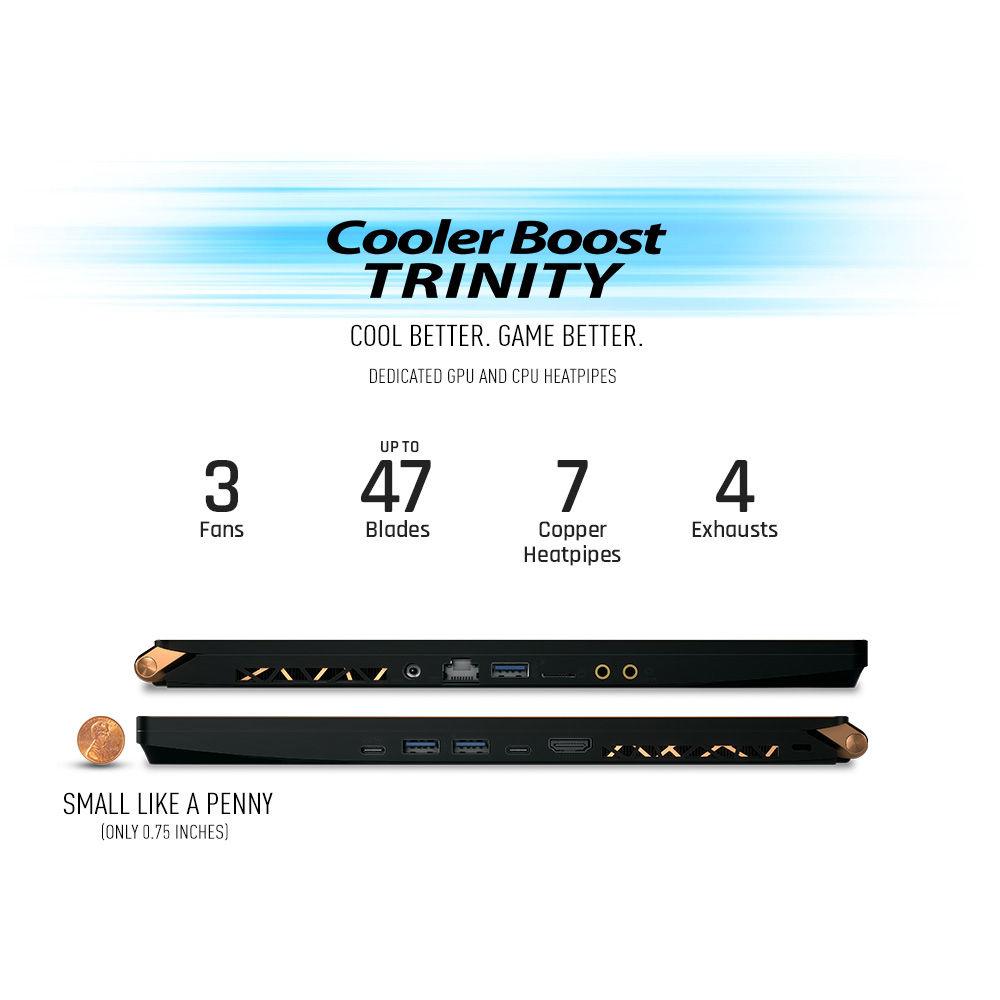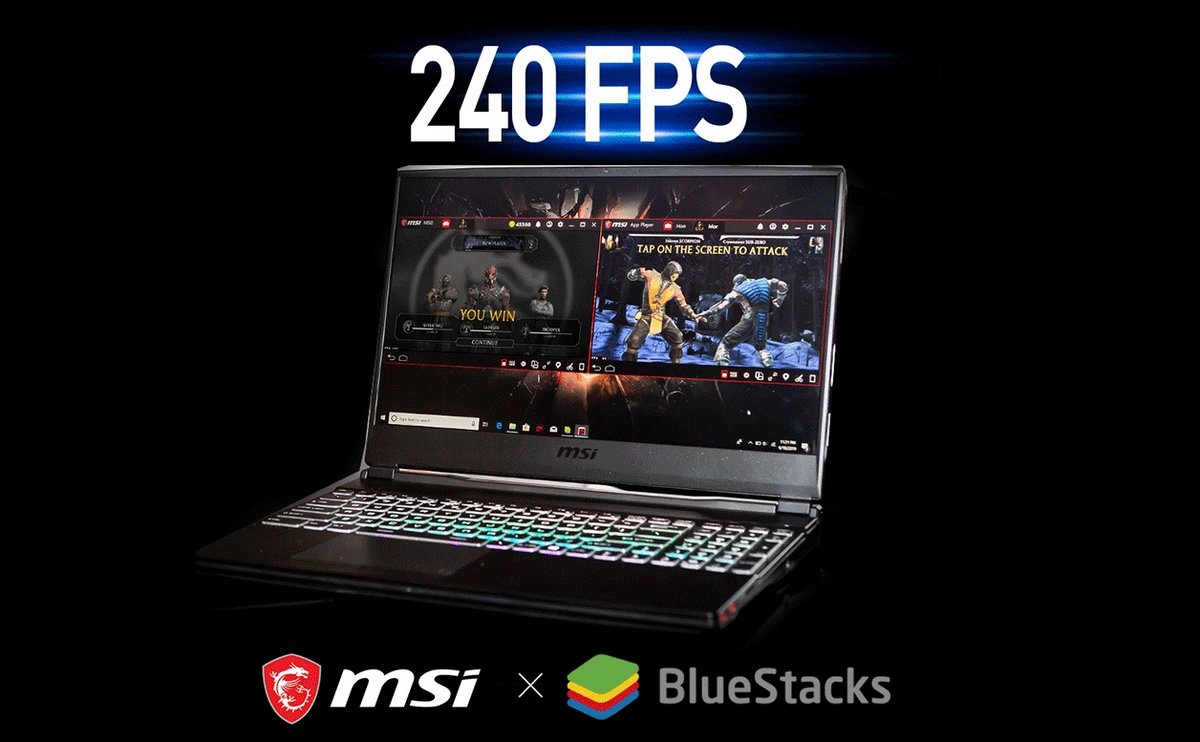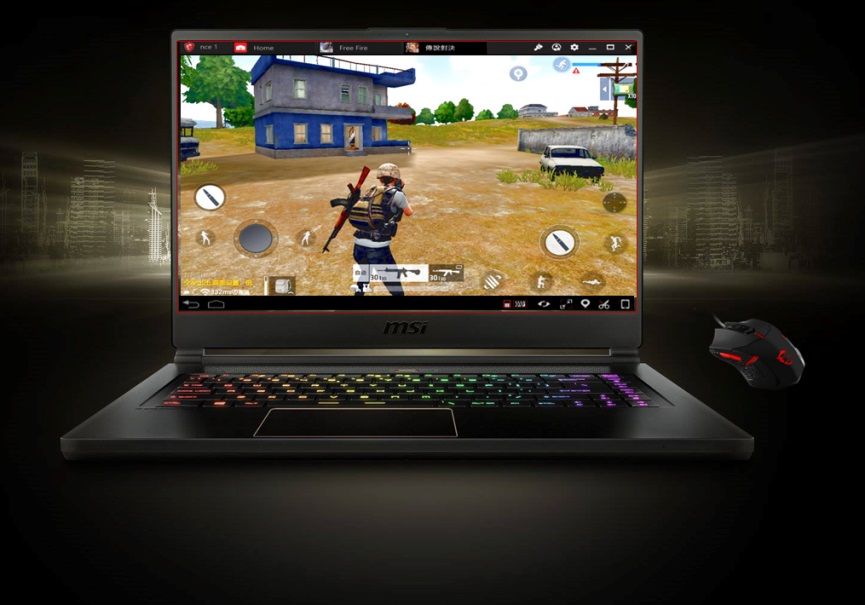27.0k members in the BlueStacks community. Welcome to the official subreddit of Bluestacks. BlueStacks App Player lets you run mobile apps fast.
-->- MSI App Player is an Android emulator that offers a very decent gaming experience when playing mobile games on your PC. This emulator works in combination with the BlueStacks emulator and helps to improve gameplay on the computer (both laptops and desktop PCs). It offers support which allows the hardware to operate at 240 frames per second in the full screen mode.
- MSI App Player and Hyper-V problem. It's disabled, but program thinks otherwise. So I downloaded MSI App Player, which is basically Bluestacks in disguise. It's not able to run, because of Hyper-V problem - https://imgur.com/CKqJAYw.
- To install Bluestacks, you must run the installer BlueStacks 0.10.7.5601 Rooted Modded Android Emulator.msi with administrator rights. Accept the terms and proceed with the installation, select the destination folder and click OK. Deselect the App Store Access and Application Communications and install the app.

Enable Hyper-V to create virtual machines on Windows 10.
Hyper-V can be enabled in many ways including using the Windows 10 control panel, PowerShell or using the Deployment Imaging Servicing and Management tool (DISM). This documents walks through each option.
Note: Hyper-V is built into Windows as an optional feature -- there is no Hyper-V download.
Check Requirements
- Windows 10 Enterprise, Pro, or Education
- 64-bit Processor with Second Level Address Translation (SLAT).
- CPU support for VM Monitor Mode Extension (VT-c on Intel CPUs).
- Minimum of 4 GB memory.
The Hyper-V role cannot be installed on Windows 10 Home.
Upgrade from Windows 10 Home edition to Windows 10 Pro by opening up Settings > Update and Security > Activation.
For more information and troubleshooting, see Windows 10 Hyper-V System Requirements.
Enable Hyper-V using PowerShell
Open a PowerShell console as Administrator.
Run the following command:
If the command couldn't be found, make sure you're running PowerShell as Administrator.
When the installation has completed, reboot.

Enable Hyper-V with CMD and DISM
The Deployment Image Servicing and Management tool (DISM) helps configure Windows and Windows images. Among its many applications, DISM can enable Windows features while the operating system is running.
To enable the Hyper-V role using DISM:
Open up a PowerShell or CMD session as Administrator.
Type the following command:
For more information about DISM, see the DISM Technical Reference.
Enable the Hyper-V role through Settings
Right click on the Windows button and select ‘Apps and Features’.
Select Programs and Features on the right under related settings.
Select Turn Windows Features on or off.
Select Hyper-V and click OK.
When the installation has completed you are prompted to restart your computer.
Make virtual machines

What is VT?
VT, also called Virtualization technology, is a technology that provides the ability to run multiple, isolated operating systems on a single piece of server hardware allowing a much higher level of resource utilization.
Why do you need to enable VT?
Virtualization technology could improve the performance of your computer and allow NoxPlayer to run more smoothly and faster.
How to check if you have enabled VT?
First Method:
Check the red question mark-“ !” in the upper left corner of the emulator directly, If you see this mark, it means that you didn’t enable VT.
Second Method:

Check your system information, the emulator will automatically check if your computer enables VT.
Third Method
Use a tool called:LeoMoon CPU-V. It does not only detect if your CPU supports Hardware Virtualization, but also Detect if Hardware Virtualization is Enabled in BIOS.
If your check result shows a green check under VT-x Supported, it means your computer supports virtualization. If it’s a red cross, then your computer does not support VT, but you could still install Nox as long as you meet the installation requirements.
If your check result shows a green check under VT-x Enabled, then it means VT is already enabled in your BIOS. If it’s a red cross, then follow the following steps to enable it.
Msi App Player Emulator
How to enable VT?
1. Check your system information int the emulator and Find out your BIOS type
2. Enter the BIOS interface: Press the shortcut Delete/ F12 continuously while booting the computer.
Special computer model reference:
Msi Apps For Pc
Laptop: Lenovo THINKPAD press F1, others press F2
Desktop: DELL press ESC, others press F12
3. Enable VT
- Find the corresponding VT option on the BIOS page. (Mostly called Virtual or Virtualization, in some cases VT-X or SVM)
- Click <Advanced>-> <Processor> (CPU)-> Virtual or Virtualization, for some computers, VT are included in Configuration or Security.
- Set the VT option to Enabled.
- Press Save (usually F10) to save and exit (Save & Exit).

Note 1:If you are running Windows 8 or Windows 10, there might be conflicts between VT and Microsoft Hyper-V technology. Please turn Hyper-V off following these steps: go to Control Panel->Programs and Features->Turn Windows features on or off->un-tick the box before Hyper-V.
Note 2: If your VT is enabled in BIOS, but the LeMoon check result still shows a red cross under VT-x Enabled, it’s highly possible that your anti-virus software has blocked this function. Taking Avast! for example, to fix this problem:
Msi App Player Hyper-v
1) Open Avast anti-virus >> Settings >> Troubleshooting
Msi App Player Hyper Vs
2) Uncheck the Enable hardware-assisted virtualization, then reboot your computer
Msi App Player Download For Pc
Here’s a short video tutorial, check it out:
